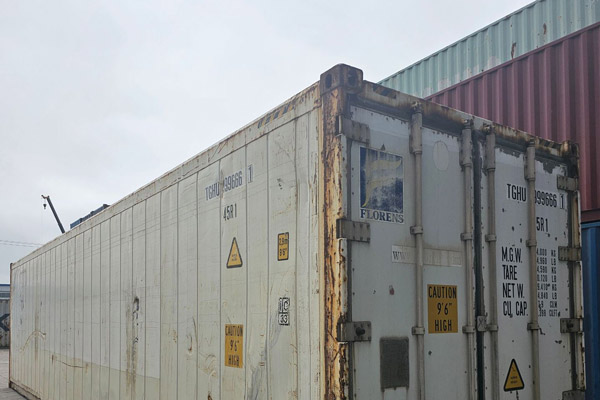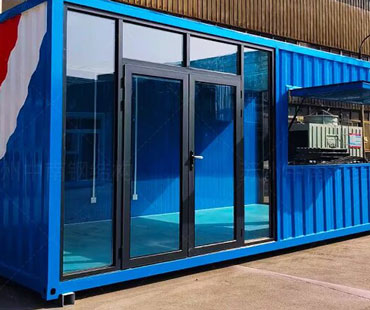As globalization continues to shape the dynamics of international trade, container ports have become the pivotal nodes in the global supply chain. The competition among these ports is fierce, with each striving to enhance their capabilities, efficiency, and connectivity to capture a larger share of the market.
The Key Players in Global Container Ports
1.Top Container Ports by Volume
The top container ports worldwide, such as Shanghai, Singapore, and Ningbo, dominate the market in terms of cargo volume. Shanghai has consistently held the title of the busiest port globally, processing over 43 million TEUs (twenty-foot equivalent units) annually. Singapore, with its strategic location, serves as a vital transshipment hub, while Ningbo continues to expand its capacity and efficiency.
2.Emerging Ports
In addition to the established leaders, several emerging ports are making significant strides. Ports in the Middle East, such as Jebel Ali in Dubai, and in Southeast Asia, like Tanjung Priok in Indonesia, are investing heavily in infrastructure and technology to enhance their competitiveness. These ports aim to attract more shipping lines and increase their market share in the global shipping industry.
Factors Influencing Port Competitiveness
1.Infrastructure and Technology
The quality of port infrastructure is a critical determinant of competitiveness. Ports that invest in modern facilities, automated systems, and advanced technologies, such as AI and IoT, can significantly reduce turnaround times and improve overall efficiency. For example, the Port of Rotterdam has embraced automation, utilizing autonomous vehicles and robotic systems to streamline operations.
2.Connectivity and Accessibility
A port's connectivity to major shipping routes and inland transportation networks plays a vital role in its attractiveness to shipping companies. Ports with efficient rail and road links can facilitate quicker distribution of goods, making them more appealing to logistics providers. The expansion of the Panama Canal and the development of new shipping routes, such as the Arctic Route, are reshaping global shipping dynamics and impacting port competitiveness.
3.Environmental Sustainability
As environmental concerns grow, ports are under increasing pressure to adopt sustainable practices. Ports that prioritize green initiatives, such as reducing emissions and implementing eco-friendly technologies, are likely to gain favor with environmentally conscious shipping companies. The Port of Los Angeles, for example, has launched several initiatives aimed at reducing its carbon footprint and promoting sustainable practices.

Emerging Trends in the Container Port Industry
1.Digitalization and Automation
The digital transformation of the shipping industry is reshaping port operations. The adoption of digital platforms for tracking shipments, predictive analytics for demand forecasting, and blockchain for secure transactions are becoming increasingly prevalent. Ports that embrace these technologies can improve operational efficiency and enhance customer service.
2.Regional Alliances and Collaborations
As competition intensifies, many ports are forming regional alliances to pool resources and share best practices. Collaborative efforts, such as joint ventures between ports and shipping lines, can lead to improved service offerings and increased bargaining power in negotiations.
3.Impact of Geopolitical Factors
Geopolitical tensions and trade policies significantly influence port dynamics. For instance, the ongoing U.S.-China trade conflict has prompted shifts in shipping routes and cargo flows, affecting port traffic. Ports that can adapt quickly to these changes and remain flexible in their operations will be better positioned to thrive in an uncertain global landscape.
Looking ahead, the future of global container ports will be shaped by ongoing technological advancements, environmental considerations, and shifting trade patterns. Ports that proactively invest in infrastructure, embrace innovation, and prioritize sustainability will likely emerge as leaders in the competitive landscape.
Moreover, as e-commerce continues to grow, the demand for faster and more efficient logistics solutions will drive the evolution of port operations. This trend may lead to the emergence of new players and the transformation of existing ports into more integrated logistics hubs.
In conclusion, the competitive landscape of global container ports is rapidly evolving, with established leaders facing challenges from emerging players. The ability to adapt to technological advancements, prioritize sustainability, and navigate geopolitical changes will determine which ports lead the future of international trade. As the industry continues to undergo transformation, stakeholders must remain agile and forward-thinking to thrive in this dynamic environment.


